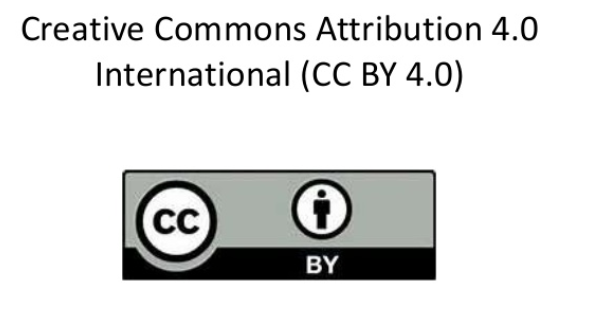Muhamad Asri Hashim1, Faridah Yahya1*, Wan Aida Wan Mustapha2
1School of Food Science and Technology, Universiti Malaysia Terengganu (UMT), Kuala Nerus, Terengganu, Malaysia
2School of Chemical Sciences and Food Technology, Faculty of Science and Technology, Universiti Kebangsaan Malaysia (UKM), Bangi, Selangor, Malaysia
Abstract
Lemongrass is a well-known aromatic herb due to its strong lemony odour which contributes to several volatile compounds such as citral, β–myrcene and limonene. Volatile compounds of the aromatic herb are consequently difficult to restrain due to high volatility and adverse effect caused by thermal treatment applied during processing. Therefore, this study was conducted to determine the effect of different drying methods on the morphological structure, colour profile and citral concentration of lemongrass powder. Lemongrass powder was prepared by drying the fresh lemongrass stalks with oven drying, vacuum drying and freeze-drying. The yield of lemongrass powder resulted after drying processes were in the range of 9.92-11.09%. The morphology structures of all lemongrass powders were flake-like structure, irregular size, shrunk and appeared of pores. The freeze-dried powder was brighter in colour with L* value of 84.51 ± 1.64 and obtained the highest citral concentration of 321.41 ± 19.97 ppm. This study suggested that freeze-drying was the suitable method for preserving the colour qualities and citral compound of lemongrass powder. The freeze-dried powder of lemongrass has high potential to be applied in the food and beverage products.
Keywords: Lemongrass, Freeze dried powder, Drying methods, Colour profile, Citral concentration



